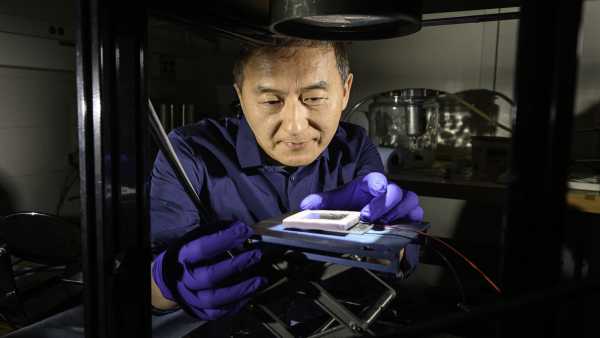
(Image credit: University of Rochester Photo/J. Adam Fenster)
Researchers working to improve solar power plants have discovered a technology that could increase their productivity by 15 times.
The innovation is based on the use of laser-modified “black metal” – a material that has been in development for five years. Scientists plan to integrate it into the design of solar thermoelectric generators (STEG).
STEG refers to solid-state devices that convert thermal energy into electricity via the Seebeck effect. This physical phenomenon occurs when a temperature gradient exists between materials, causing charged particles to move and an electromotive force to form.
You might be interested
-
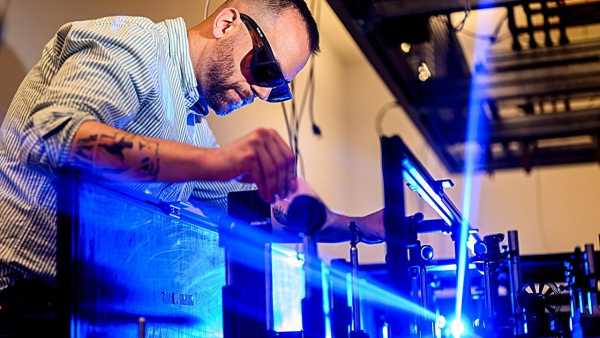
Quantum structures with a 'latent metallic state' can speed up electronics by a thousand times
-
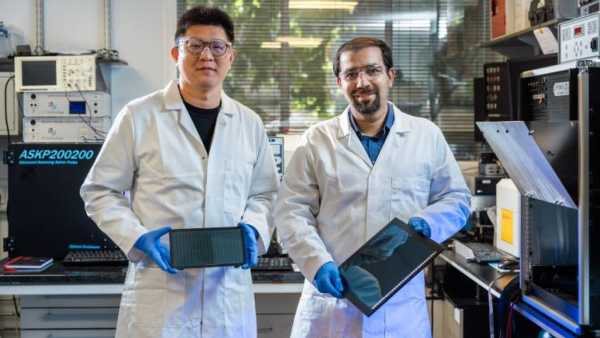
Home appliances could ditch batteries thanks to microscopic solar cells that use room light
-
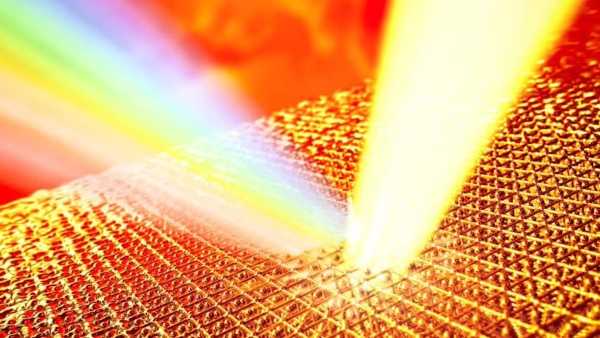
Scientific experiment: gold heated to 14 times its melting point without turning into liquid
In the STEG design, the semiconductor material is placed between the heated and cooled zones. When heated by the sun or another source, electrons move, generating current.
A serious limitation of traditional solar thermal systems is their low efficiency – less than 1% of solar radiation is converted into electricity. For comparison, household photovoltaic panels demonstrate an efficiency of about 20%.
In a new study published August 12 in Light: Science and Applications, the scientists used laser-treated metals (called “black metal”) to boost the efficiency of STEGs by 15 times.
Laser modification
The technology involves treating tungsten with ultra-short laser pulses that form microscopic grooves. These nanostructures enhance the absorption and retention of thermal energy.
The laser treatment also gives the metal surface a deep black hue, improving heat absorption. The additional plastic coating creates a “micro greenhouse” that accumulates additional heat.

For the cooled part of the generator, aluminum was processed with a laser, creating a micro-surface with increased heat transfer. This structure is twice as efficient as standard radiators.
During testing, the modified STEG was able to power an LED at five times the intensity of solar radiation, while the regular version did not function even at ten times the amplification. This corresponds to a 15-fold increase in power.
Scientists noted that the technology will not replace large solar stations yet, but can be used in low-power IoT devices, wearable electronics or autonomous systems for remote regions.
SEE ALSO
— Ultra-thin solar coating will turn accessories for equipment into mini-generators
— Innovative “electronic ink” with variable shape will become the basis for a new generation of flexible electronics
— Indoor quantum computers: a breakthrough in creating compact systems based on light
“Decades of research have focused on optimizing the semiconductors of STEGs with limited success,” said Chunlei Guo, co-author of the paper and a professor of optics and physics at the University of Rochester. “We improved the hot and cold zones of the device, achieving significant efficiency gains without changing the semiconductors themselves.”
Increased efficiency is achieved through a combination of improved heat absorption and optimal heat dissipation.

Owen Hughes
Owen Hughes is a freelance journalist and editor who specializes in technology. A former senior editor at ZDNET, he has more than a decade of experience covering AI, cybersecurity, supercomputing, and digital transformation, with a particular focus on how technology and society interact.
Please confirm your display name before submitting your comment.
Please refresh the page to enter your name.
Exit Read more
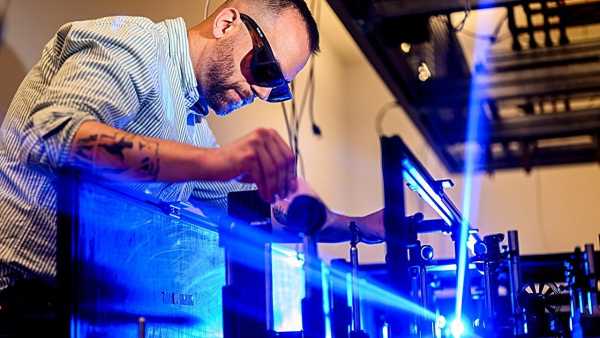
Quantum structures with a 'latent metallic state' can speed up electronics by a thousand times
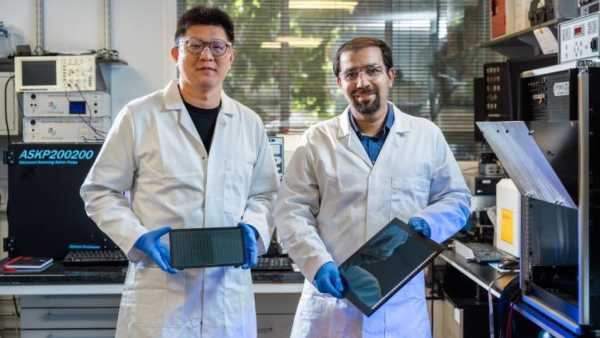
Household devices could do away with batteries thanks to microscopic solar cells that use room light.
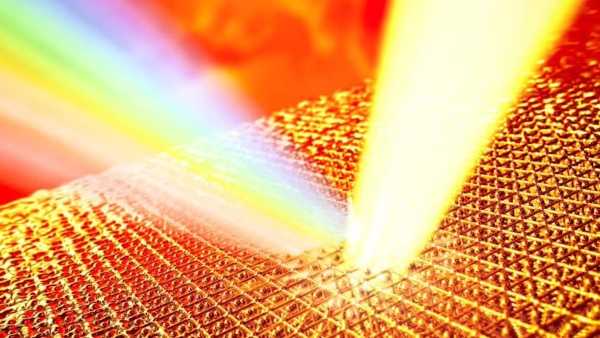
Scientific experiment: gold is heated to 14 times its melting point without turning into a liquid.

Improvements in laser systems could increase internet speed tenfold

Miniature solar modules explore mysterious regions of Earth's atmosphere

Japanese engineers' breakthrough brings the era of completely wireless devices closer
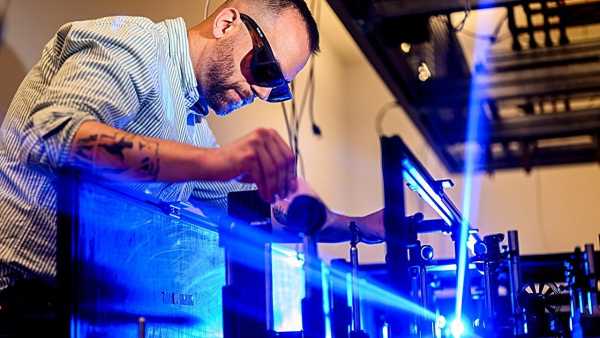
Quantum structures with a 'latent metallic state' can speed up electronics by a thousand times
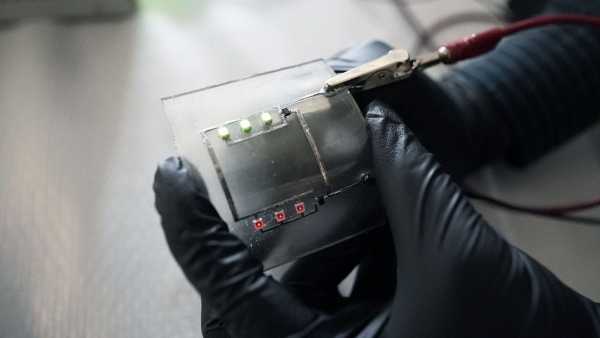
Self-healing electronic board with liquid metal components
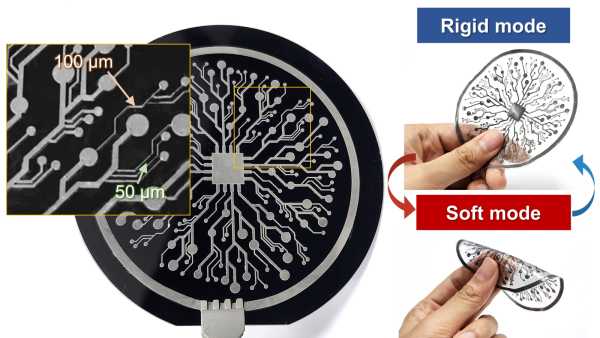
Innovative shape-variable 'electronic ink' could power next-generation flexible electronics
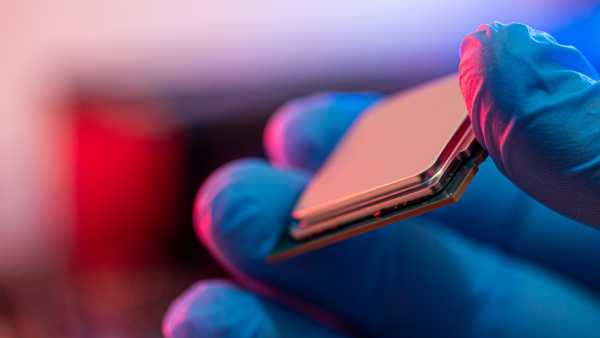
China's 2D chip breaks through silicon-free manufacturing
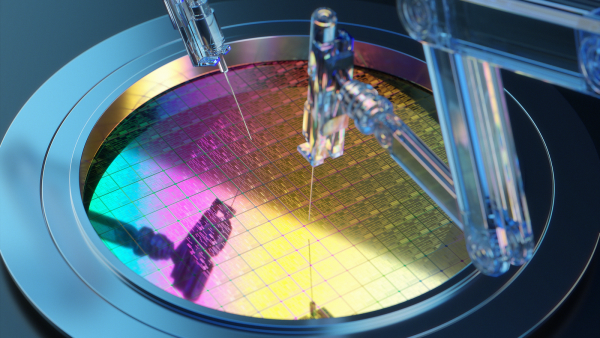
Moore's Law: What It Is and How It Affects Technology
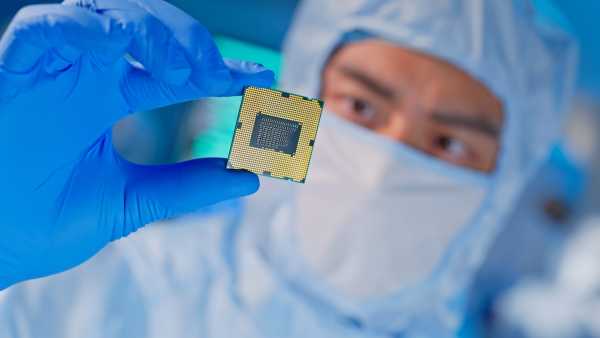
TSMC's 2nm Chips: Prospects for AI and Mobile Technologies

1Fantastic Whirlpools in the Planet's Largest 'Soda Lake' – View from Orbit
Live Science is part of the Future US Inc. media group. Visit [corporate website](https://www.futureplc.com/).
- About the project
- Contacts
- User Agreement
- Confidentiality
- Cookie settings
- Availability
- Advertising
- Notifications
- Vacancies
- Editorial Standards
- Suggest a news item
© Future US, Inc. 130 West 42nd Street, New York, NY 10036.
var dfp_config = { “site_platform”: “vanilla”, “keywords”: “type-news-daily,serversidehawk,videoarticle,van-enable-adviser-
Sourse: www.livescience.com





